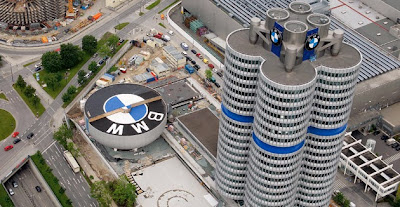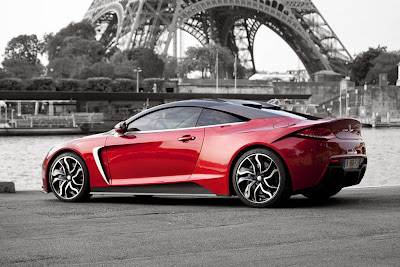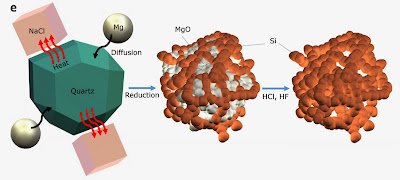The BMW Group and Samsung SDI plan to expand their supply relationship for battery cells for electro-mobility. The two companies signed a memorandum of understanding (MoU) to this effect today in Seoul. Samsung SDI will supply the BMW Group with battery cells for the BMW i3, BMW i8 and additional hybrid models over the coming years. The most important elements of the agreement are the increase in quantities delivered over the medium term, in response to growing demand for electro-mobility, and further technological development of battery cells.
Dr. Klaus Draeger, member of the Board of Management of BMW AG, responsible for Purchasing and Supplier Network: “Our partnership with Samsung SDI is a good example of successful Korean-German cooperation on innovative technologies. The battery is a key component in every electric vehicle – since it basically determines the range and performance capabilities of the car. In Samsung SDI, we have chosen a supplier that offers us the best-available technology with future-oriented Korean battery expertise.”
Sang-Jin Park, CEO of Samsung SDI: “I am very proud that Samsung SDI supports the success of the BMW i3 and i8. The decision taken in 2009 to choose lithium-ion battery cells from Samsung SDI for the BMW i models was the right one for both companies. Additional BMW vehicles will also be equipped with Samsung SDI’s leading lithium-ion technology. This MoU with the BMW Group demonstrates the trust in Samsung SDI’s future technology and efficient mass production capabilities. Both companies are confident that this extended partnership will secure their leadership in future technologies.”
The partnership with Samsung SDI since 2009 provides the BMW Group with access to state-of-the-art lithium-ion battery technology. Another important factor in the choice of Samsung SDI was that the company considers the suitability of lithium-ion battery cells for environmentally-friendly production and subsequent recovery of materials during product development. Complete high-voltage batteries for the BMW i3, BMW i8 and other future hybrid vehicles are built on an ultra-modern assembly line at BMW Plant Dingolfing. The only supplied parts are the cells – otherwise the high-voltage batteries are developed and produced completely in-house, building on experience with earlier batteries developed in-house for models, such as the BMW ActiveHybrid 3 and 5 and the BMW ActiveE, with further optimisation.
The extension of the collaboration with Samsung SDI underscores the BMW Group’s strategy of further electrification. Continuation of the partnership also confirms the success of BMW i. Customer demand for the BMW i3 remains high. In addition, in the first half of 2014 the BMW Group has already sold around 5,400 BMW i3 cars.
Deliveries of the BMW i8 got underway in the main international markets in June. Demand is already significantly higher than the planned production volume for the ramp-up phase.
South Korea is also an important supplier market for the BMW Group, beyond the partnership with Samsung SDI. For this reason, the company opened a local purchasing office in 2009. In 2014, the purchasing volume in this market will exceed 300 million euros – a significant increase over the previous year, with sourcing volumes continuing to climb over the coming years. The BMW Group relies on a total of 20 South Korean suppliers. South Korea will be one of the key purchasing markets for the BMW Group in the future, especially for innovative IT technologies.
The BMW Group has operated its own subsidiary in South Korea since 1995. This commitment was expanded in 1998 with the opening of a logistics and training centre. BMW Financial Services has also been active in South Korea since 2001. On 14 July 2014, the BMW Group opened its only combined brand and driving experience centre worldwide currently, in the vicinity of Seoul airport. In 2013, the BMW Group was market leader in South Korea’s premium segment for the sixth consecutive year, with the sale of 39,367 BMW and MINI vehicles – an increase of 13.4% from 2012. A total of 1,328 BMW motorcycles (+27.6%) were also delivered to customers. In the first half of 2014, sales reached 21,972 units (+19,3% compared to prev. yr.). BMW South Korea employs a total workforce of 230 people.









